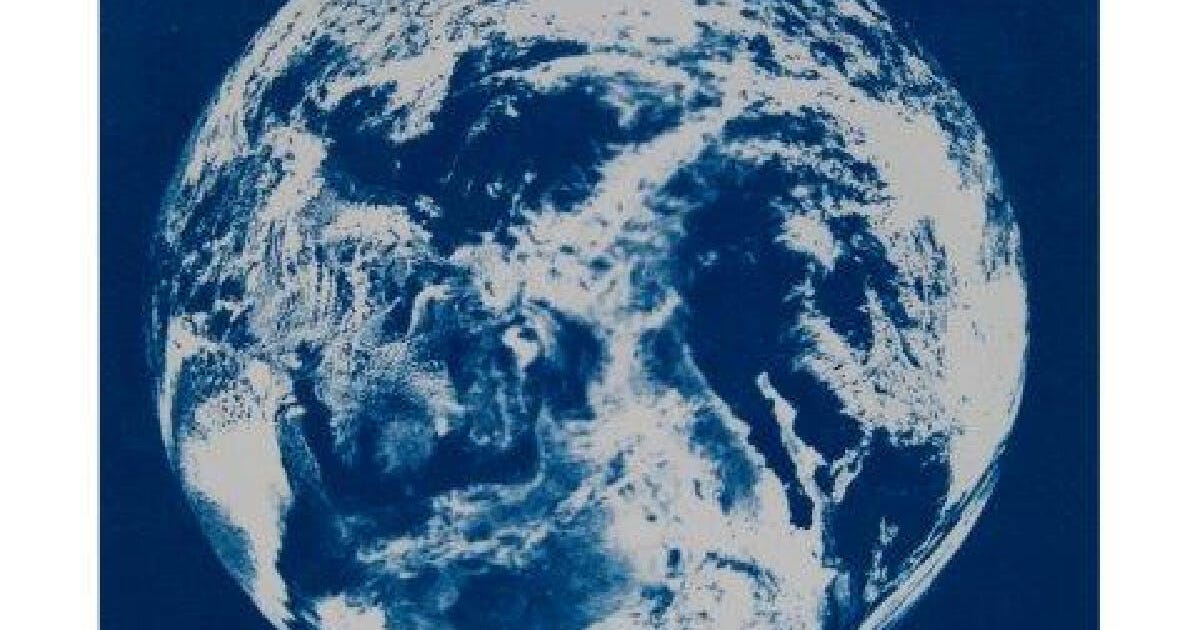
Researchers at Australia’s Curtin University have discovered a piece of the Earth’s crust that dates back 4 billion years.
The chunk, found underneath the South-West of Western Australia and about the size of Ireland, was discovered by researchers using “lasers smaller than a human hair.”
The lasers targeted grains of a mineral extracted from beach sand, Curtin University said in a press release Monday. The announcement details a study published in June in Terra Nova. The lasers showed where the grains were originally eroded and their geological history.
The research helps show how Earth evolved to support life, as this piece of crust “has been influencing the geological evolution of WA for the past few billions of years,” Ph.D. student Maximilian Droellner, who led the team, said Monday.
“This piece of crust has survived multiple mountain-building events between Australia, India and Antarctica and appears to still exist at tens of kilometers of depth under the South-West corner of WA,” Droellner said. “It appears many regions around the world experienced a similar timing of early crust formation and preservation. This suggests a significant change in the evolution of the Earth some four billion years ago, as meteorite bombardment waned, crust stabilized and life on Earth began to establish.”
